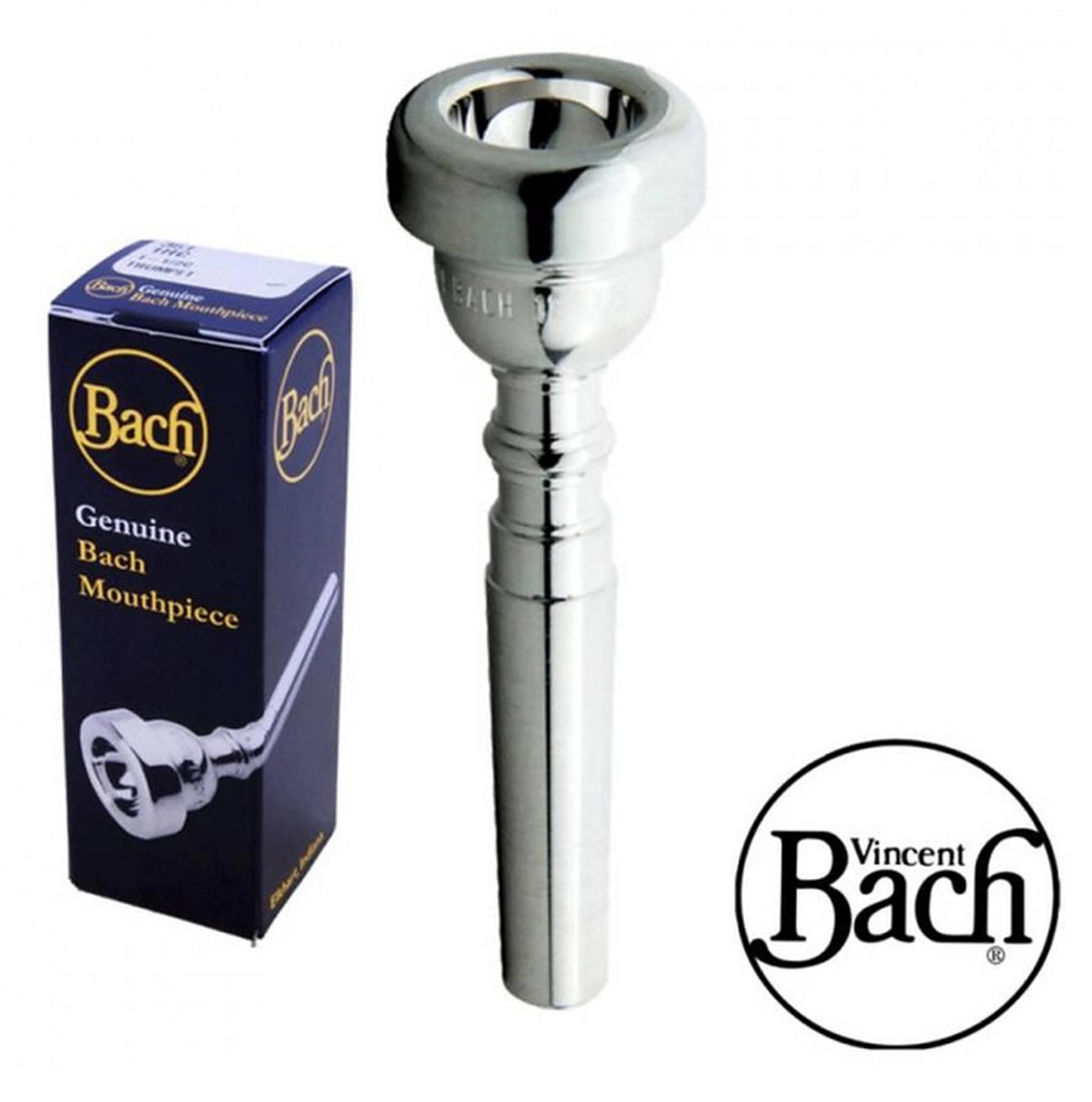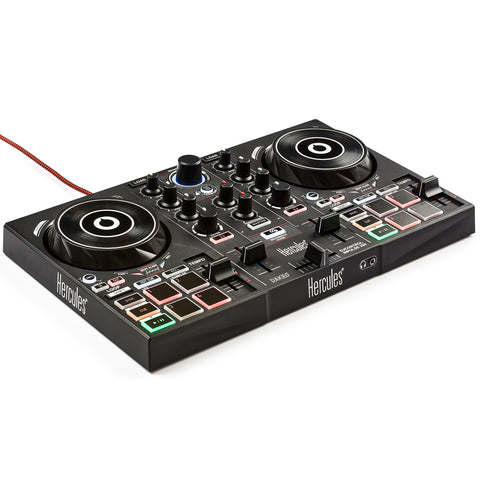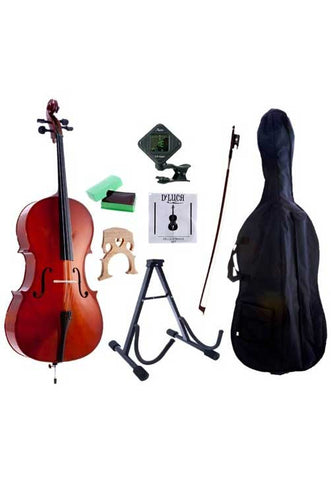Teach me how
May 15, 2023
Music Theory Made Easy
Exploring the fundamentals of music theory and breaking them down in a simple and accessible way.
Introduction:
Welcome to our blog series on music theory made easy! If you've ever felt overwhelmed by the complexities of music theory, fear not. In this guide, we will break down the fundamental concepts of music theory in a simple and accessible way. Whether you're a budding musician or someone looking to expand their musical knowledge, this series will provide practical tips, examples, and explanations to help you understand and apply these concepts confidently.

Table of Content
- Understanding Scales
- Unraveling Chords and Harmony
- Exploring Intervals and Melodic Development
- Conclusion:
Section 1: Understanding Scales
In this section, we'll explore the importance of scales in music and how they form the foundation for melodies and harmonies. Scales are sets of notes organized in ascending or descending order, and they play a vital role in creating a particular mood or tonality in a piece of music. The most commonly used scales are the major and minor scales. The major scale has a bright and happy sound, while the minor scale has a more melancholic and emotional quality.
To understand scales better, let's take a look at the major scale. It consists of a specific sequence of whole steps and half steps, resulting in a distinct pattern of intervals. We'll discuss the concept of key signatures and how they simplify the process of reading and writing music. Understanding scales will not only help you analyze existing songs but also enable you to create your own melodies with confidence. Stay tuned for practical exercises and examples to solidify your understanding.
Scales are a fundamental concept in music theory and serve as the building blocks for melodies, harmonies, and tonalities. A scale is a sequence of musical notes arranged in ascending or descending order, typically spanning an octave. By understanding scales, musicians gain insights into the organization of pitches and the tonal framework of a piece of music.
The most commonly used scales are the major and minor scales. The major scale has a bright and happy sound, often associated with uplifting and cheerful melodies. The minor scale, on the other hand, has a more melancholic and emotional quality, often used to convey sadness or introspection.
The major scale follows a specific pattern of whole steps (W) and half steps (H) between the notes. The pattern for a major scale is W-W-H-W-W-W-H. For example, in the key of C major, the scale would consist of the notes C-D-E-F-G-A-B-C. This pattern of whole steps and half steps is consistent for major scales in any key.
Key signatures play a crucial role in simplifying the reading and writing of music. They indicate the specific set of sharps (#) or flats (b) that apply to a particular key. For example, the key of G major has an F# in its key signature, meaning that every F note in the piece is automatically raised by a half step.
Understanding scales allows musicians to analyze existing songs and compositions, as well as create their own melodies confidently. By knowing the intervals and relationships between the notes within a scale, musicians can construct melodies that sound harmonious and coherent.
Practical exercises and examples can help solidify the understanding of scales. These may include playing scales on an instrument, identifying scales in popular songs, or experimenting with melodies using different scales. As musicians delve deeper into the world of scales, they can explore other types of scales, such as modes or exotic scales, to expand their musical palette.
In summary, understanding scales is essential for musicians as it provides a framework for creating melodies, harmonies, and tonalities. By familiarizing themselves with major and minor scales, musicians gain the ability to analyze and compose music more effectively, opening up endless possibilities for musical expression.

Section 2: Unraveling Chords and Harmony
In this section, we'll delve into the world of chords and harmony. Chords are groups of three or more notes played simultaneously, and they form the building blocks of harmony in music. Understanding chords is crucial because they provide stability, tension, and release within a piece.
We'll explain how chords are constructed by stacking notes in thirds and discuss common chord progressions such as the I-IV-V progression. By learning about major and minor chords, seventh chords, and their relationships within a key, you'll gain the tools to create harmonic progressions that evoke different emotions. Additionally, we'll provide tips on creating harmonies and experimenting with chord voicings to add variety and interest to your compositions.
Chords and harmony are integral components of music that add depth, richness, and structure to compositions. Understanding chords and how they function within a harmonic framework is essential for musicians and songwriters.
A chord is a group of three or more notes played simultaneously, creating a harmonious sound. Chords are formed by stacking notes on top of each other in intervals of thirds. The root note of the chord determines its name and serves as its foundational pitch. For example, a C major chord consists of the notes C, E, and G, with C being the root note.
Chords provide stability, tension, and release within a piece of music. They establish the tonality and define the emotional character of a song. Major and minor chords are the most commonly used types of chords. Major chords typically have a bright and uplifting quality, while minor chords evoke a more somber or introspective mood.
Harmony refers to the relationship between chords and how they progress from one to another. Chord progressions form the backbone of harmonies in music. A chord progression is a sequence of chords played in succession, creating a sense of movement and musical tension.
One of the most famous chord progressions is the I-IV-V progression. In the key of C major, this progression would consist of the chords C major, F major, and G major. This progression is widely used in various genres and provides a solid foundation for countless songs.
Understanding the relationships between chords within a key is vital for creating harmonies. Each key has a specific set of chords that naturally occur within it. These chords are derived from the notes of the corresponding scale. For example, in the key of C major, the chords built on each note of the scale would be C major, D minor, E minor, F major, G major, A minor, and B diminished.
Experimenting with chord voicings and inversions can add variety and interest to your compositions. Chord voicings refer to different ways of playing the same chord on an instrument, such as changing the order of the notes or adding additional tones. Inversions involve changing the bass note of a chord, creating a different harmonic color.
By understanding chords and harmony, musicians can create chord progressions that elicit specific emotions, enhance melodies, and add complexity to their compositions. Learning and analyzing chord progressions in popular songs can also provide insights into effective harmonic choices.
In summary, chords and harmony play a crucial role in music by providing stability, tension, and structure. Understanding how chords are constructed, exploring chord progressions, and experimenting with different voicings and inversions allows musicians to create harmonies that elevate their compositions and engage listeners.

Section 3: Exploring Intervals and Melodic Development
In this section, we'll explore the concept of intervals and their significance in shaping melodies. Intervals are the distances between two pitches, and they play a crucial role in creating tension, movement, and color in music.
We'll discuss the different types of intervals, including major, minor, and augmented, and explain how they contribute to the character and mood of a melody. By understanding intervals, you'll be able to identify and utilize them in your melodies more effectively.
Furthermore, we'll explore melodic development techniques that can elevate your compositions. We'll delve into motifs, short melodic ideas that can be repeated and varied throughout a piece to create coherence and unity. We'll also cover sequences, which are melodic patterns that repeat at different pitch levels. These techniques will help you create captivating and memorable musical lines that engage listeners.
Intervals are the building blocks of melodies and play a significant role in shaping the emotional impact and movement of a musical composition. Understanding intervals and how to use them effectively allows musicians to create compelling and memorable melodies.
An interval is the distance between two pitches or notes. It is measured by counting the number of letter names and including both the starting and ending notes. The quality of an interval, whether it is major, minor, augmented, or diminished, is determined by the specific distance between the notes.
Major and minor intervals are the most commonly encountered types of intervals. A major interval is typically associated with a bright and uplifting sound, while a minor interval often evokes a more somber or melancholic mood. Augmented intervals are larger than major intervals, creating a sense of tension, while diminished intervals are smaller than minor intervals, intensifying the dissonance.
Melodic development involves manipulating intervals to create interesting and expressive melodies. A motif is a short melodic idea that serves as the foundation for developing a larger musical theme. It can be a few notes or a phrase that is repeated and varied throughout a composition. Motifs provide coherence and unity, making a piece of music feel cohesive.
Sequences are another technique used in melodic development. A sequence is a melodic pattern that is repeated at different pitch levels. This repetition creates a sense of movement and variation while maintaining a recognizable pattern. Sequences can be ascending, descending, or a combination of both.
Variations on a melodic theme are also effective for melodic development. By altering certain elements of a motif, such as rhythm, dynamics, or articulation, musicians can create different variations of the original melody. This adds interest and depth to the composition while keeping a recognizable melodic identity.
Understanding intervals and applying melodic development techniques can greatly enhance the expressiveness and creativity of a musical composition. By exploring different interval combinations, musicians can craft melodies that evoke a wide range of emotions. Experimenting with motifs, sequences, and variations allows for the development of unique and captivating musical ideas.
Analyzing melodies in existing songs and studying the techniques used by renowned composers can provide valuable insights and inspiration for melodic development. Practicing interval recognition and melodic exercises can also help improve the ear's ability to identify and utilize intervals effectively.
In summary, intervals and melodic development are essential elements in creating engaging and memorable melodies. By understanding the different types of intervals and their emotional qualities, as well as exploring techniques such as motifs, sequences, and variations, musicians can craft melodies that captivate listeners and convey their artistic vision effectively.
Conclusion
Congratulations! You've now been introduced to the core concepts of music theory. Remember, music theory is not meant to be a set of rules that restrict your creativity, but rather a toolkit that empowers you to express yourself more effectively. With practice and experimentation, you'll gain a deeper understanding of how these concepts can enhance your musical journey.
Stay tuned for the upcoming articles in this series, where we'll dive deeper into advanced topics such as modes, modulation, and more. We hope you found this introduction to music theory helpful. If you have any specific topics or questions you'd like us to cover in future posts, please let us know.
Top Popular Products
D'Addario Eclipse Cello/Bass Tuner, Black
D’Addario electronic tuners are designed by musicians for musicians featuring intuitive features, easy to read displays, and exceptional tuning accuracy. Affordable no longer means compromise. Introducing the D’Addario Eclipse Tuner—the modestly-priced tuner with unparalleled performance. The Eclipse chromatic clip-on tuner offers fast, accurate chromatic tuning on and off the stage.
D'Luca Mini Clip-On Tuner
The D'Luca Mini Clip-On Chromatic Tuner is the ideal choice for any musician. Tune your Guitar, Bass, Violin, Ukulele, Cello, Viola, Bajosexto or any instrument you want with this affordable Clip-On Chromatic Tuner. Accurate tuning, LCD display shows easy-to-read frequency lines white when out of tune and bright green when in tune.
People Also Read

Bach Trumpet, Cornet and Fluegelhorn Mouthpieces
The history of Bach Trumpet, Cornet and Fluegelhorn Mouthpieces starts with mouthpieces. A century ago, trumpet player Vincent Bach began experimenting with designs and manufacturing processes to replace a broken mouthpiece

Selmer Clarinet and Saxophone Mouthpieces
When selecting a mouthpiece, it is necessary to take into account both the musician and the instrument. Although seemingly simple in shape, the mouthpiece is actually quite complex and crucial to getting good results

Parduba Mouthpieces comparison Chart
John Parduba started making custom mouthpieces in 1915 then opened his original shop at 3rdAve, & 87 St., NYC. In 1918 where he fabricated trumpets and cornets of premium quality in addition to his mouthpieces and repair work.















